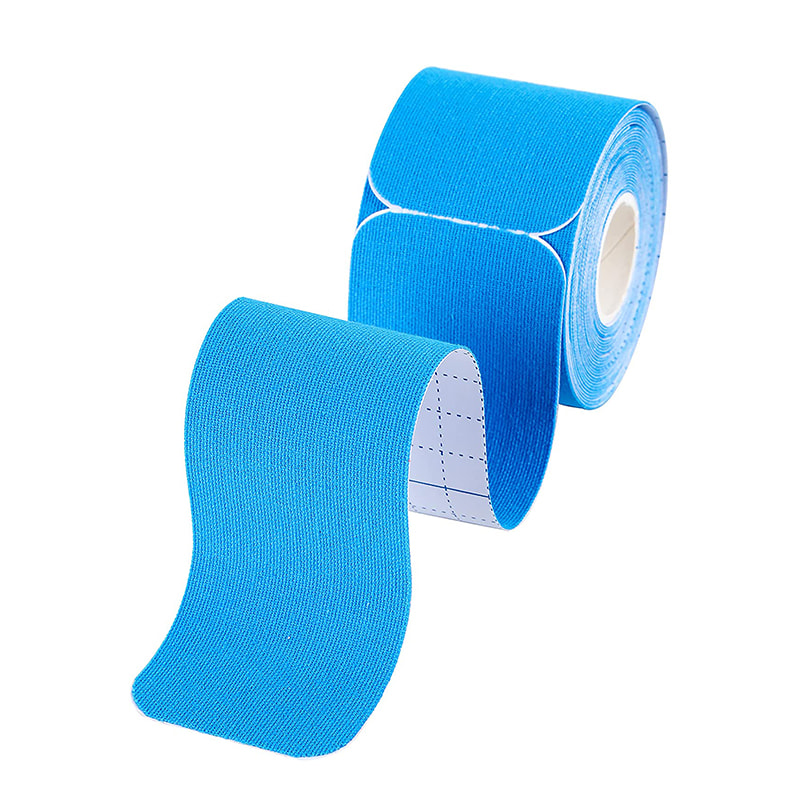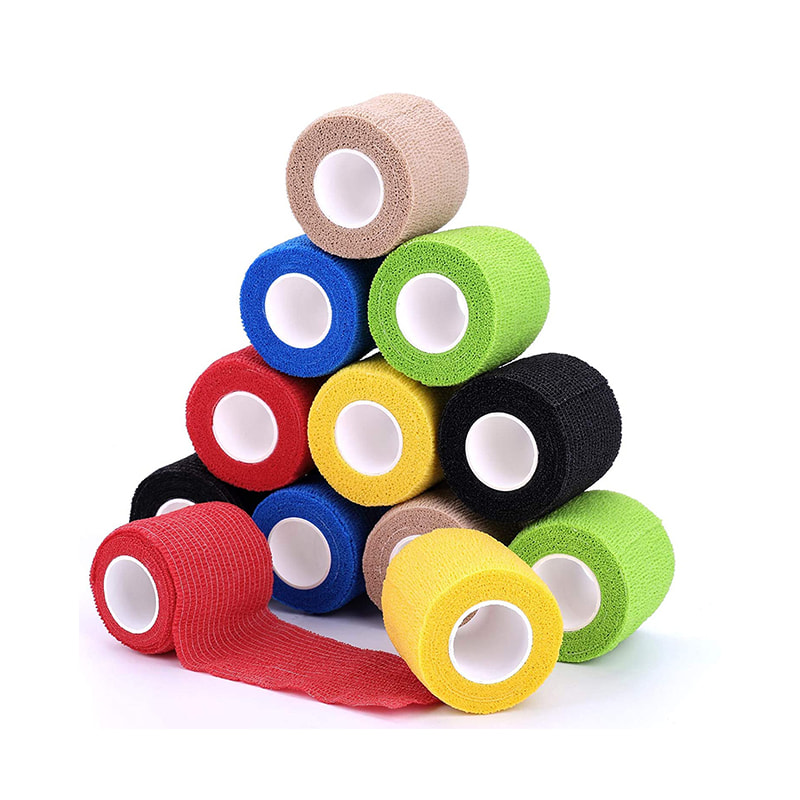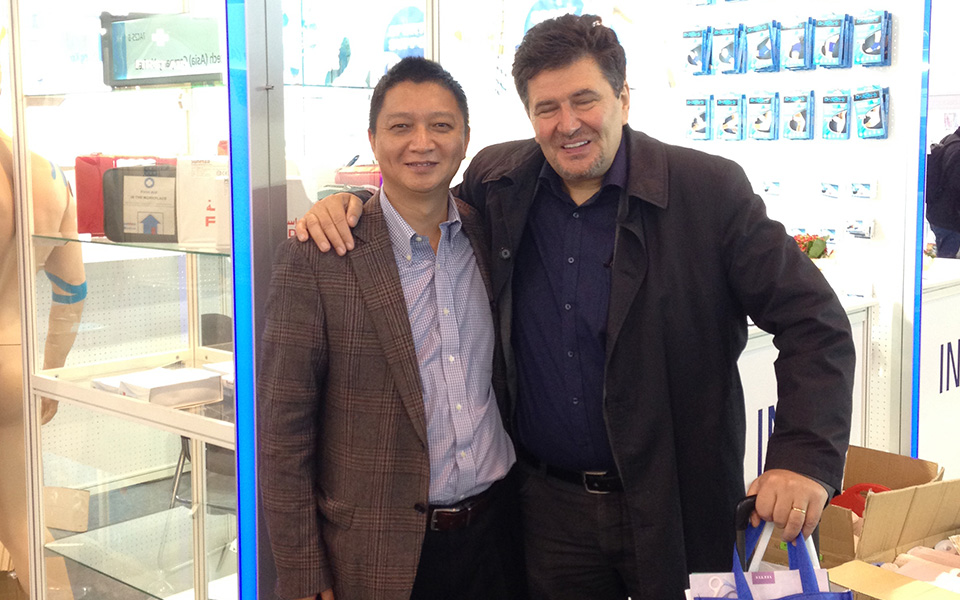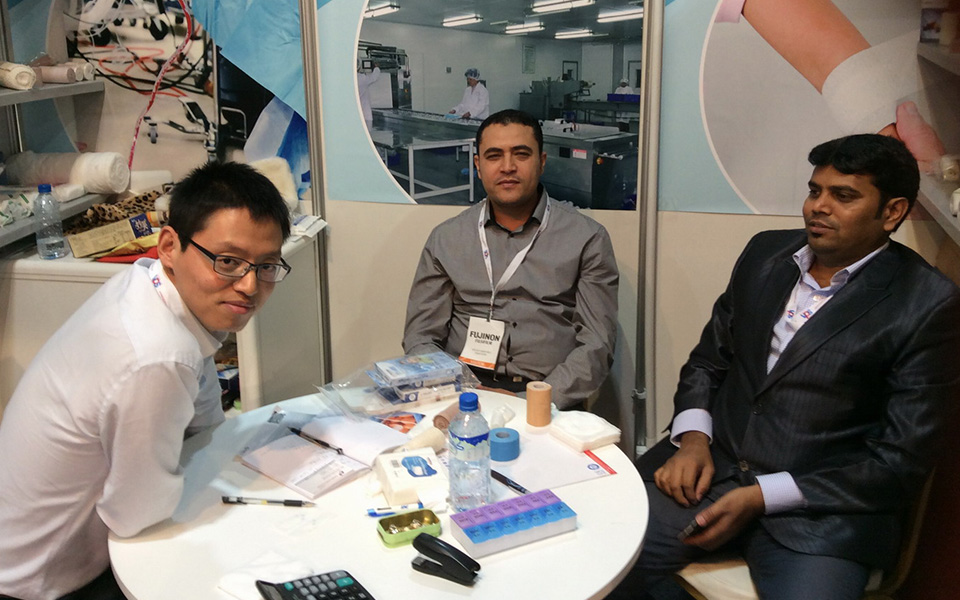Kinesiology tape is a revolutionary tool that has taken the sports world by storm. This special tape is not just a decoration, but it is based on the physiological characteristics of muscles and joints to provide powerful support for athletes' training and competition.
Let's take a look at the physiological characteristics of muscles and joints. Muscles are the active organs of the human body, and they achieve body movement through contraction and relaxation. Joints are important structures that connect bones and are responsible for supporting and protecting the body. During exercise, muscles and joints understand great pressure and tension, prone to injury and fatigue.
Kinesiology tape is designed based on these physiological characteristics. It is made of a special elastic material that can be well combined with the skin and muscles to provide mild external support and stimulation. When athletes use kinesiology tape, it changes the distribution of tension in the skin and muscles, adjusts the muscle activity pattern and joint range of motion, and provides additional stability and support.

Kinesiology tape can also improve muscle blood circulation and metabolism, relieve muscle fatigue and soreness. During exercise, muscle blood circulation is often affected, leading to muscle fatigue and soreness. The use of kinesiology tape can promote blood circulation, increase muscle oxygen supply, reduce lactic acid accumulation, and delay the occurrence of muscle fatigue and soreness.
At the same time, kinesiology tape can improve athletic performance and prevent sports injuries by adjusting body posture and sports technology. For example, tape applied around the knees can improve the stability of the knee joint and reduce the risk of knee injuries; tape applied around the shoulders can improve the stability of the shoulder joint and reduce the possibility of shoulder injuries.
It can be seen that kinesiology tape is based on the physiological characteristics of muscles and joints, and by changing the distribution of tension in the skin and muscles, adjusting the muscle activity pattern and joint range of motion, it provides additional stability and support, improves muscle blood circulation and metabolism, and improves athletic performance and prevents sports injuries. It is not only an essential tool for athletes, but also an important tool for scientifically supporting sports health.

 English
English Español
Español русский
русский Français
Français Deutsch
Deutsch By Admin
By Admin





















